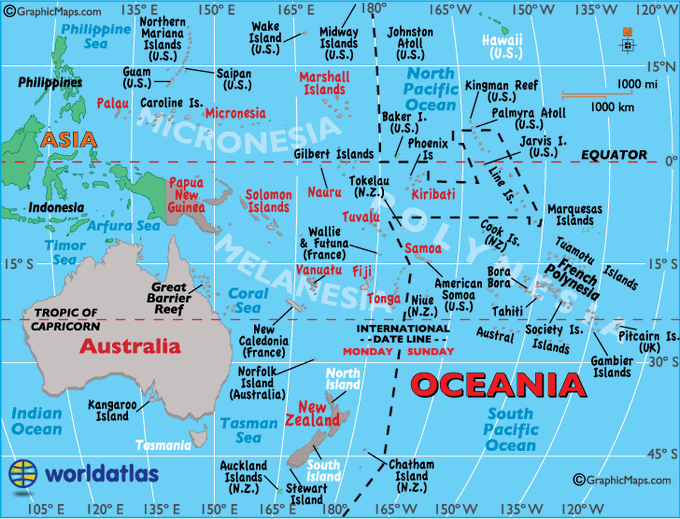
As May 2025 concludes, Australia and the broader Oceania region have experienced a series of significant weather events, ranging from record-breaking rainfall and flooding in parts of Australia to intense heatwaves in Oceania. These events underscore the increasing variability and extremity of weather patterns in the region.
Australia: From Floods to Fire Risks
Severe Flooding in Northern and Eastern Australia
A vast 3,600 km cloud band stretching from Western Australia’s Kimberley region to the borders of Queensland and New South Wales has brought unprecedented rainfall across northern and central Australia. Katherine in the Northern Territory recorded 198 mm of rain in a single day, marking its wettest May day ever and surpassing a 110-year-old record. Other areas, including Broome, Kalumburu, and Alice Springs, also experienced significant rainfall, leading to flash floods and isolation of rural communities.
In New South Wales, the Hunter and Mid North Coast regions faced devastating floods, with towns like Taree receiving 600 mm of rain over four days. The floods resulted in the evacuation of over 50,000 people, destruction of infrastructure, and significant agricultural losses. Recovery efforts are ongoing, with the federal government estimating that rebuilding could take several months.
Unseasonal Fire Risks in Southern Australia
Contrasting the northern floods, southern regions like South Australia and Victoria are experiencing severe drought conditions. The Bureau of Meteorology forecasts a warmer and wetter winter nationwide; however, parts of SA and Victoria have recorded some of their driest conditions on record. This has led to an unusual increase in winter bushfire risks, driven by dry vegetation and persistent drought.
Oceania’s Heatwave Crisis: Micronesia, Marshall Islands, New Caledonia, Samoa, and Cook Islands Face Record-Breaking Temperatures in May 2025
As May 2025 concludes, several Pacific island nations are grappling with unprecedented heatwaves, exacerbated by lingering El Niño conditions and marine heat anomalies. Regions across Micronesia, the Marshall Islands, New Caledonia, Samoa, and the Cook Islands have experienced soaring temperatures, stressing ecosystems, infrastructure, and public health systems.
Micronesia and Marshall Islands: Persistent Heat and Marine Stress
In the Federated States of Micronesia, particularly in Colonia, daytime temperatures consistently hovered around 30.5°C to 31.2°C over the past week, with nighttime lows remaining above 25°C. Similarly, Majuro in the Marshall Islands recorded daily highs peaking at 31.4°C, with minimal nocturnal relief as temperatures seldom dropped below 27°C. These sustained high temperatures are indicative of a broader warming trend affecting the Western Pacific region.
New Caledonia: Marine Heatwaves and Ecological Concerns
New Caledonia has been at the epicenter of marine heatwave research, with the MaHeWa (Marine Heat Wave) project initiated to study the impacts of rising sea temperatures on marine ecosystems and island communities. The project, led by the French National Research Agency, aims to develop solutions to reduce vulnerability to these events, which have been linked to coral bleaching and disruptions in marine biodiversity.
Samoa: Unprecedented Heatwave Conditions
Samoa is currently experiencing an unprecedented heatwave, with temperatures soaring to alarming levels. The Samoa Meteorology Division has issued warnings, cautioning residents about the potential for temperatures to climb to levels never felt before.
In Apia, the capital, recent days have seen maximum temperatures reaching up to 30.9°C, with minimal nighttime cooling. The combination of high humidity and elevated temperatures has raised concerns about heat-related health risks and the strain on local infrastructure.
Cook Islands: Lingering Marine Heatwave Effects
The Meteorological Service has noted that temperatures in the Cook Islands are among the highest in recent years, attributing the heatwave to dry south-easterly trade winds associated with the El Niño phenomenon and reduced cloud cover.
Looking Ahead
The Bureau of Meteorology’s outlook for the coming winter suggests continued above-average temperatures across Australia, with variable rainfall patterns. While northern regions may see increased rainfall, southern areas remain at risk of prolonged dry conditions and associated fire hazards. In Oceania, the persistence of high temperatures and marine heatwaves raises concerns about long-term ecological and economic impacts.
HEATWAVES IN OCEANIA
480 MM RAINFALL / 24 HOURS IN MITTAGONG (ALL-TIME RECORD), NEW SOUTH WALES, AUSTRALIA


























